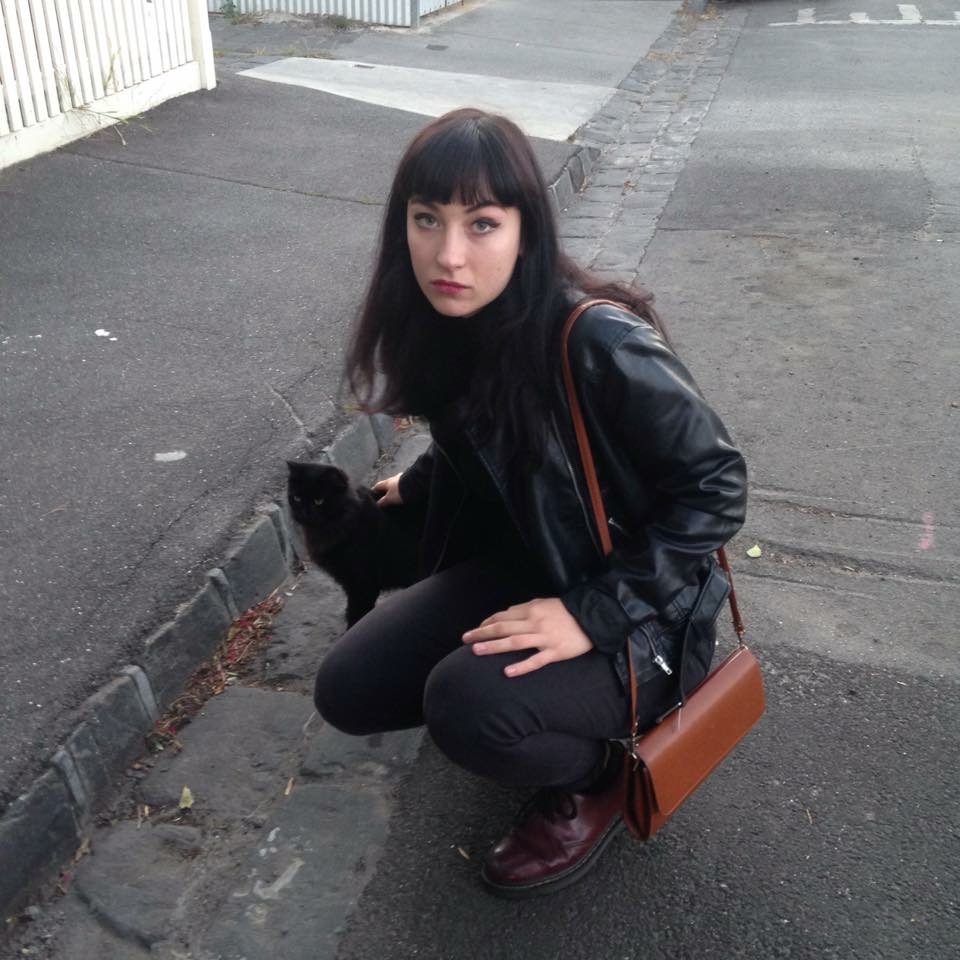Riah:
Riah’s short interview with her mum was a touching and sentimental look into their relationship. It showed the pride she has for her mother. The film reads like a recent of the stories and tales a daughter might hear from their mother when they ask about their younger years. To me, Riah has created a poignant retelling of these stories. Creatively, her use of found footage is appropriate and well timed, fitting visual interview moments with relevant imagery. One aspect I would fix however is the sound quality during the interview, as it has a slight echo, however I understand as the lapel mic had limited distance.
Bradley: Eraserhead
I was immediately struck by Bradley’s two camera set up, which was a unique aspect throughout all the screenings. I thought that it was a simple but effective way to bring texture to his work. The closeup’s of the erasers were really effective on the white background. The professionalism was brilliant. However in a minor detail, I believe some shots against the white wall could have been exchanged for a background revealing more about the subject. Other than that I thought the concept was wildly creative and very quirky.
Hannah:
Hannah’s soundtrack was an immediate standout to me. Her use of imagery paired with title effects and sound fit together so well. She really captured the intensity of his training regime. The subject engaged with the questions well and she chose a subject with an aesthetically pleasing pastime: rowing. The shots on the water and on the bridge provided great texture to the clip and her golden hour timing was beautiful. Hannah pointed out to me that the camera was out of focus during the filming but I wouldn’t have picked up on it otherwise.
